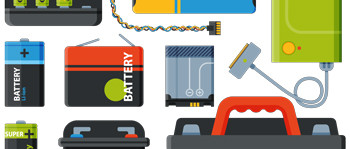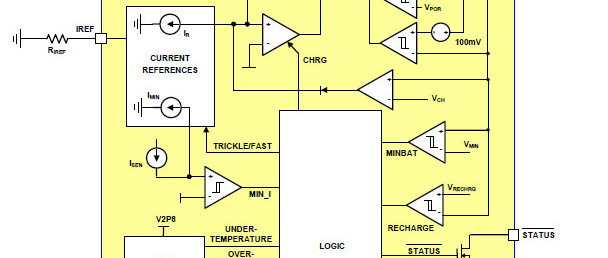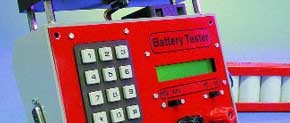| A while ago someone in the lab suggested publishing another battery charger project. After all, our readers always find that interesting, an...
All items tagged with charger and Design (13)
| Intersil’s ISL78693 is qualified to AEC-Q100 Grade-3, leaks only 3 µA, and is suitable for eCall back-up battery charging. In the event of a...
| The circuit allows NiCd type LR03 (AAA) and LR6 (AA) rechargeable cells to be discharged in a controlled manner. The discharging (load) curr...
| This article shows a simple circuit for slow charging while preventing any risk of overloading the battery. The circuit consists of just fou...
| This circuit can measure the capacity of individual cells as well as battery packs with an open circuit voltage of up to 35 V. The only requ...
| The design of the charger is similar to that of many commercially available chargers. The charger consists of a mains adaptor, two resis...
| The circuit of the running light comprises two integrated circuits (ICs), a resistor, a capacitor and seven light-emitting diodes (LEDs)...
| In spite of several reports published in the past year or so, there is no possibility of recharging flat dry batteries of whatever type. T...
| A microprocessor-controlled charger is described that surely meets the requirements of most users of NiCd batteries. It is fast, suitable...
| The battery charger is intended primarily tor charging, and keeping charged, without supervision, lead-acid batteries of cars and motorcyc...








